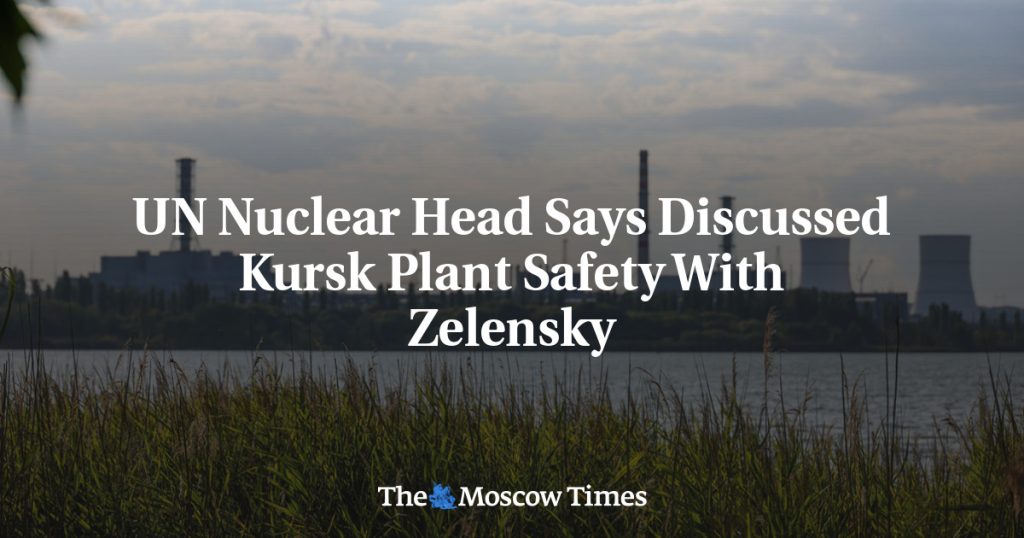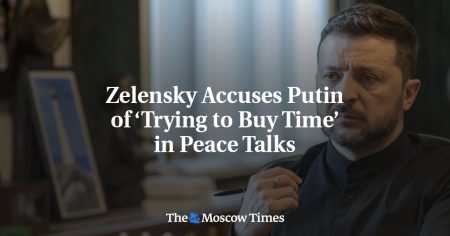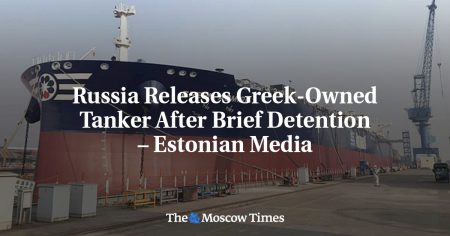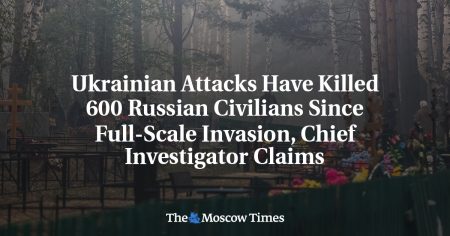UN nuclear chief Rafael Grossi recently met with Ukrainian President Volodymyr Zelensky to discuss the safety of Russia’s Kursk nuclear plant, following Ukraine’s unprecedented cross-border incursion into the Kursk region. The incursion, which occurred on August 6, led to fighting less than 50 kilometers away from the nuclear plant, raising concerns about the potential risks involved. Grossi, the head of the International Atomic Energy Agency (IAEA), visited the plant and emphasized the seriousness of the situation with ongoing fighting in the region. He also planned to visit the Zaporizhzhia nuclear plant in southern Ukraine, which Russia captured after invading Ukraine in February 2022.
During his meeting with Zelensky, Grossi expressed the importance of avoiding any situation at the Kursk nuclear plant that could result in a radiological emergency. He stressed the necessity of protecting nuclear power plants from attacks and highlighted the potential dangers associated with any interruptions in power supply due to strikes. Since the Russian invasion of Ukraine, the IAEA has been vocal about the risks of fighting near nuclear plants and has expressed concerns about the safety of these facilities. In response to the situation, the IAEA announced plans to send an expert team soon to assess damaged Ukrainian sub-stations that are essential for nuclear safety.
The safety of operating nuclear power plants is contingent upon a stable and reliable connection to the electricity grid. However, the ongoing conflict in Ukraine has made this connection increasingly vulnerable and potentially dangerous. The IAEA has warned that the safety situation at the Zaporizhzhia nuclear power plant has been deteriorating, particularly following a nearby drone strike. The plant has been the target of repeated attacks, with both sides accusing each other of carrying out these acts of aggression. The IAEA’s efforts to assess the situation and address any safety risks associated with these attacks are crucial in ensuring the protection of nuclear facilities in the region.
The conflict in Ukraine has raised significant concerns about the safety of nuclear power plants in the region, particularly with regards to potential radiological emergencies. Grossi’s meeting with Zelensky and the IAEA’s response to the situation highlight the importance of international cooperation in addressing these risks. By sending an expert team to assess the damaged sub-stations and evaluate the safety of these facilities, the IAEA is taking proactive steps to mitigate any potential threats to the security of nuclear power plants in Ukraine. It is essential for all parties involved to prioritize the protection of these critical infrastructure assets to prevent any catastrophic consequences.
The attacks on nuclear power plants in Ukraine underscore the broader challenges facing the region as a result of the ongoing conflict. The safety of these facilities is crucial not only for the well-being of the population in the immediate vicinity but also for the broader international community. Any incident at a nuclear plant could have far-reaching consequences, emphasizing the need for coordinated efforts to ensure their protection. The IAEA’s role in monitoring and assessing the safety of these facilities is integral to preventing any potential disasters and safeguarding the environment from the impacts of nuclear incidents. By addressing these risks head-on and working collaboratively with relevant stakeholders, steps can be taken to enhance the security of nuclear power plants in conflict-affected areas.















